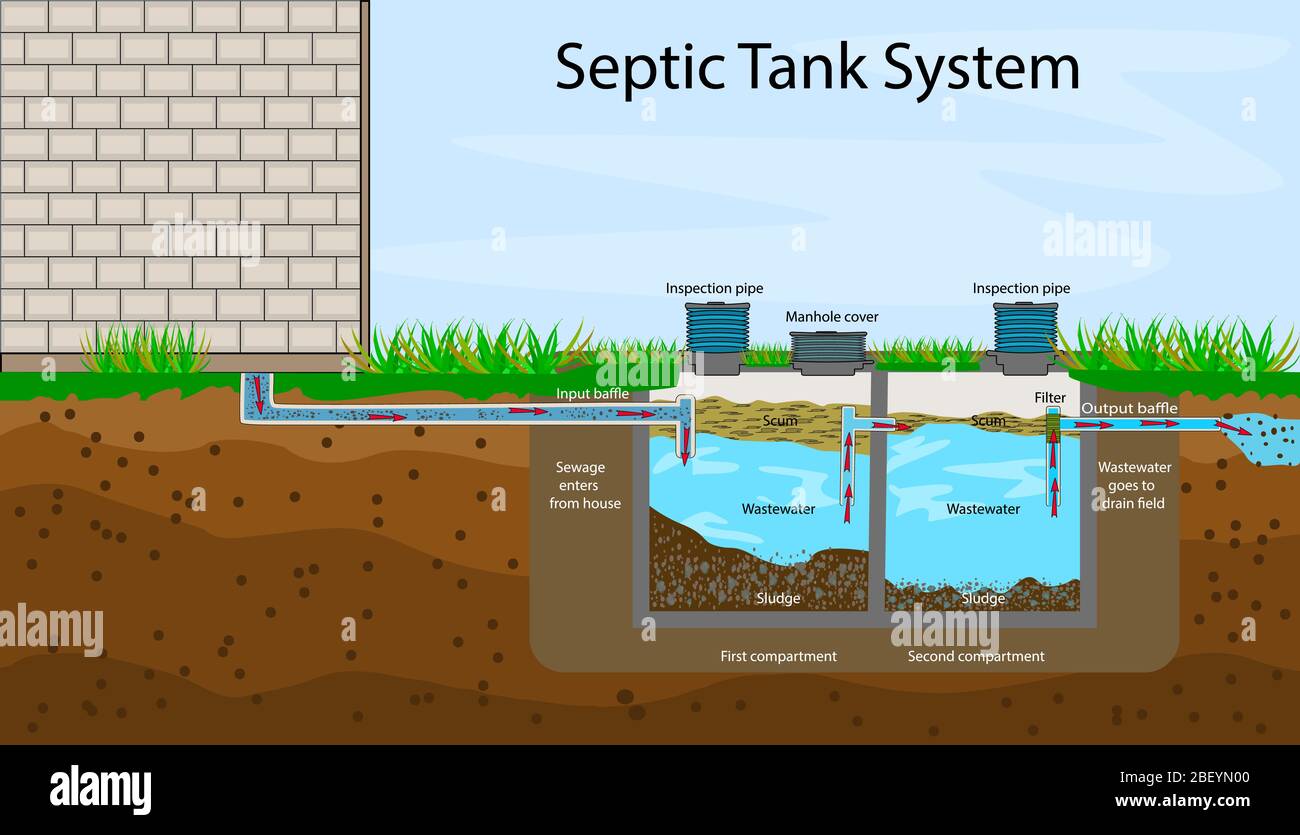Hey there!
Flushing blackwater (from the toilet) onto the surface with all its water would absolutely smell rank. Loads of anaerobic bacteria going wild.
Into a swale to create a blackwater swampy ditch... yeah, that would create some truly breathtaking stenches, AND a dangerous area where human-to-animal and human-to-human disease transfer would be really easy. The bacteria/diseases that live in your lower intestine/fecal matter can
really mess you up if you get it in your eyes, nose, or mouth.
Humanure (human-manure)
should not be left exposed near where humans live.
Very bad idea, 0/10 would not recommend.
It's why composting toilets rely on excess browns and no water for the solids - the sawdust or
newspaper pellets dries out the humanure so it can
compost without smelling terrible.
Urine often gets diverted to a seperate chamber where it can be diluted with water and spread out - urine concentrated in one area can kill plants through nitrogen burn and excess salts. (not just NaCl, but other mineral salts that humans concentrate in our urine) So it's important that it gets diluted thoroughly.
Six families depositing their bodily waste - both solids and liquids - in one area would very quickly kill all plant life. It's why a large dog peeing on the grass can make a 'dead spot' even if they only go once, if they're big
enough. We're a lot bigger than a dog.
--
What you're describing is basically an overground version of a septic system.
With a septic system, your toilet flushes down into a water-filled holding tank
underground. Sometimes two or three tanks in a row, if you anticipate a lot of people using the same system.
This tank allows the solids to sink into the bottom (or float, whatever) and the urine to be thoroughly diluted.
The anaerobic bacteria in the water will gnaw on the solids, dissolving them into the water.
The water with dissolved nutrients will sit there until the next time you flush.
When you flush, you push some of the volume of liquid out the other side of the tank, through a pipe that is... not quite at the surface, to avoid sucking up any floating solids.
The liquid flows downhill, into a series of perforated pipes, across a 'septic field' - where the water seeps out of the pipes and into the soil, where soil organisms feast on the nutrients. It's recommended that you don't plant edible food in the septic field, or plant trees that would break/clog the pipes with their roots - but wildflowers and other pollinator-friendly plants are often a solid choice. Plus, all your water would go directly back into the
local ecosystem, instead of moved away via public sewer.


You DO have to pay to get the septic tank checked every couple years, and possibly drained if you're creating waste faster than the microbes can deal with it.
You also have to be careful not to flush any chemicals that could kill the bacteria in your septic system - this means toilet cleaners and bathroom cleaners that rinse down the drain need to be... not super toxic. And you can't just dump bleach down the drain.
--
If you want to go lower-tech and you're willing to ditch the flushing water, another option is an
outhouse.
With an
outhouse, you deposit all of your excrement into a very deep pit. Similar to a composting toilet, if you keep a big bag of sawdust/shredded newspaper/other bulk 'dry browns' you can cap what you just excreted and minimize the smell - and help it compost down rather than anaerobically rot.
This would require everyone agree to use the outhouse, and not their indoor comfy water-flushing toilet - but it WOULD be depositing the nutrients directly into the soil, as it leaches out of the pit below.
Edit to add: With an outhouse or septic field, you have to be CERTAIN of where your slopes are. You REALLY don't want septic drainage or outhouse drainage going into your wellwater. The well should be THOROUGHLY UPHILL and FAR AWAY from your sewage treatment site.


